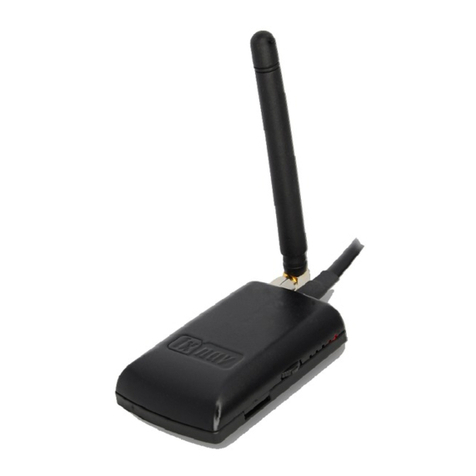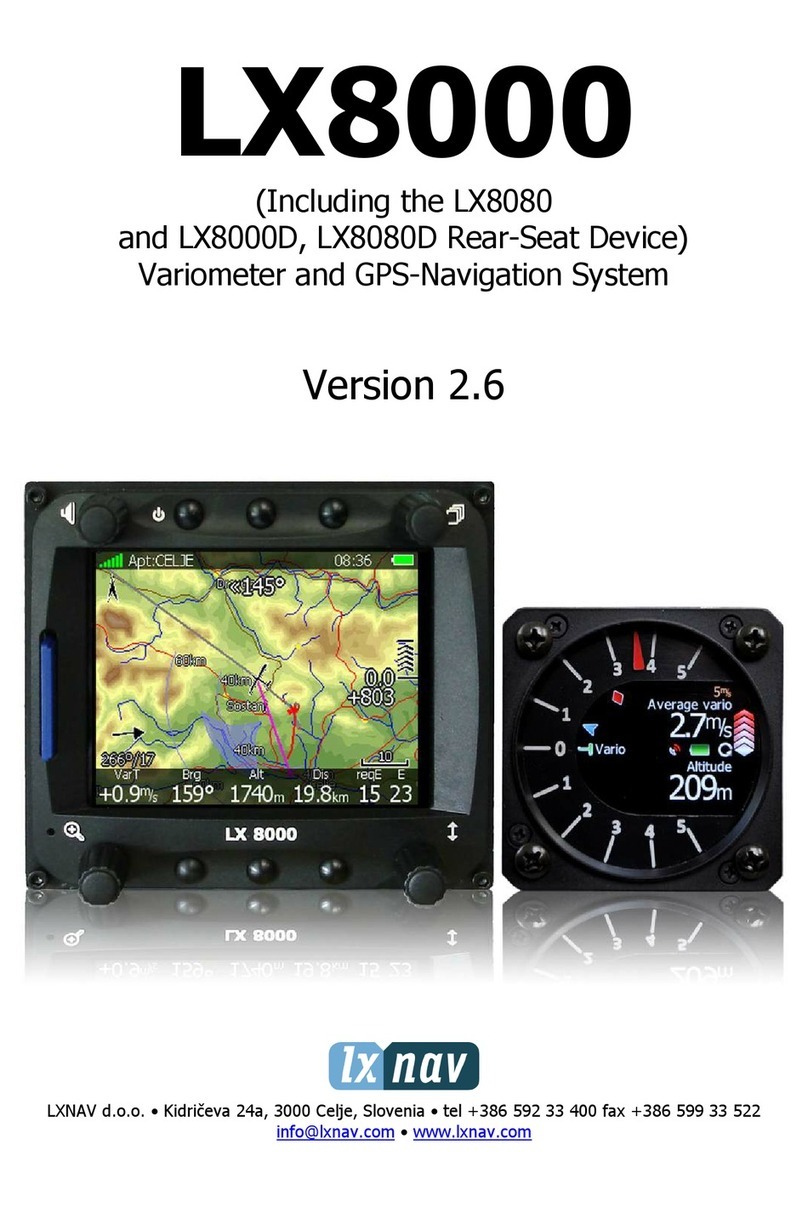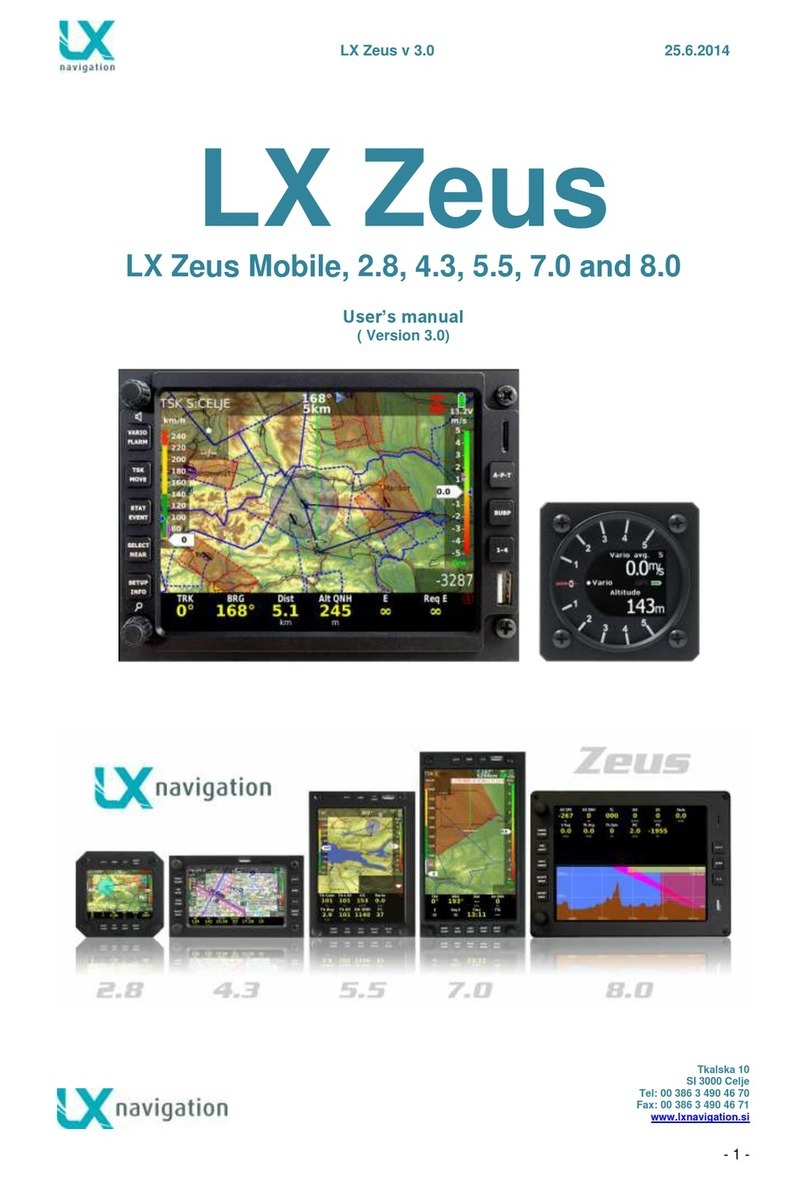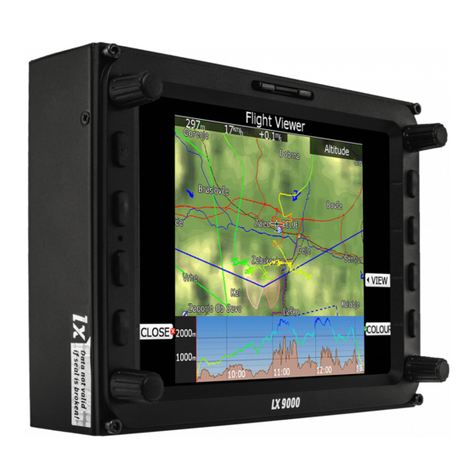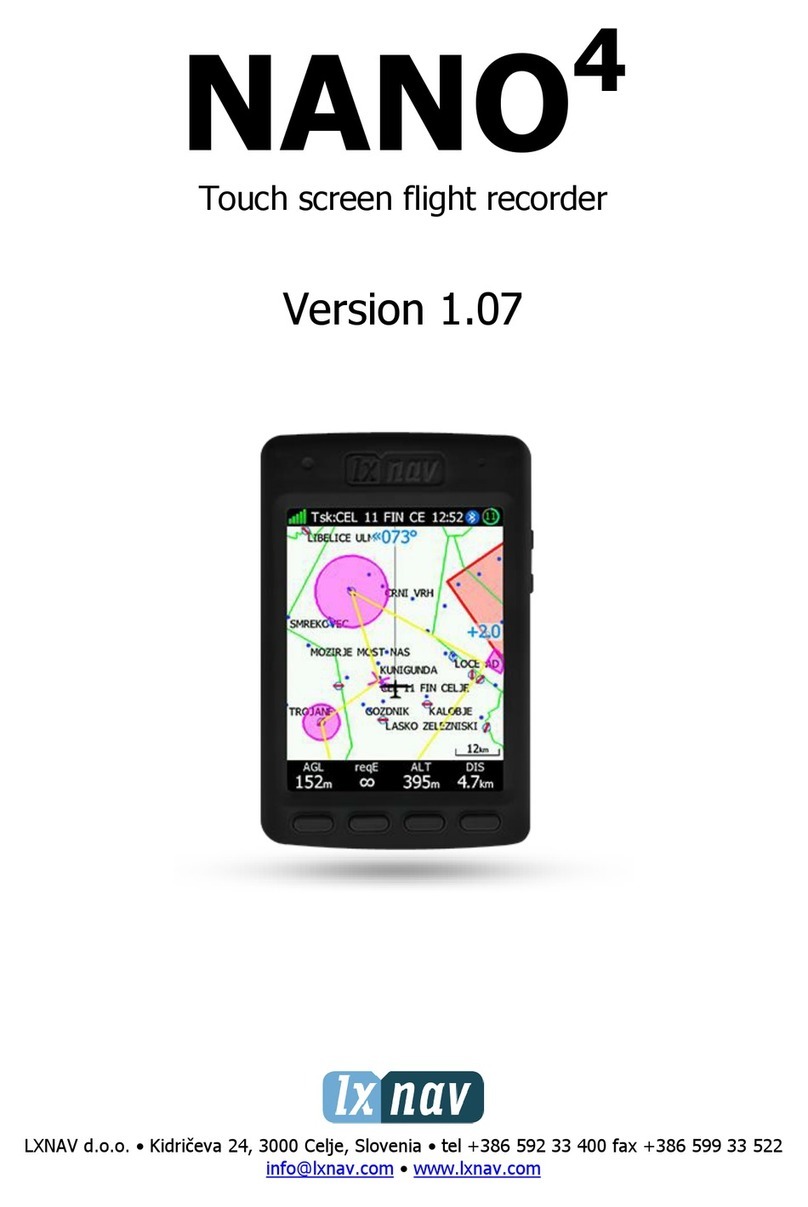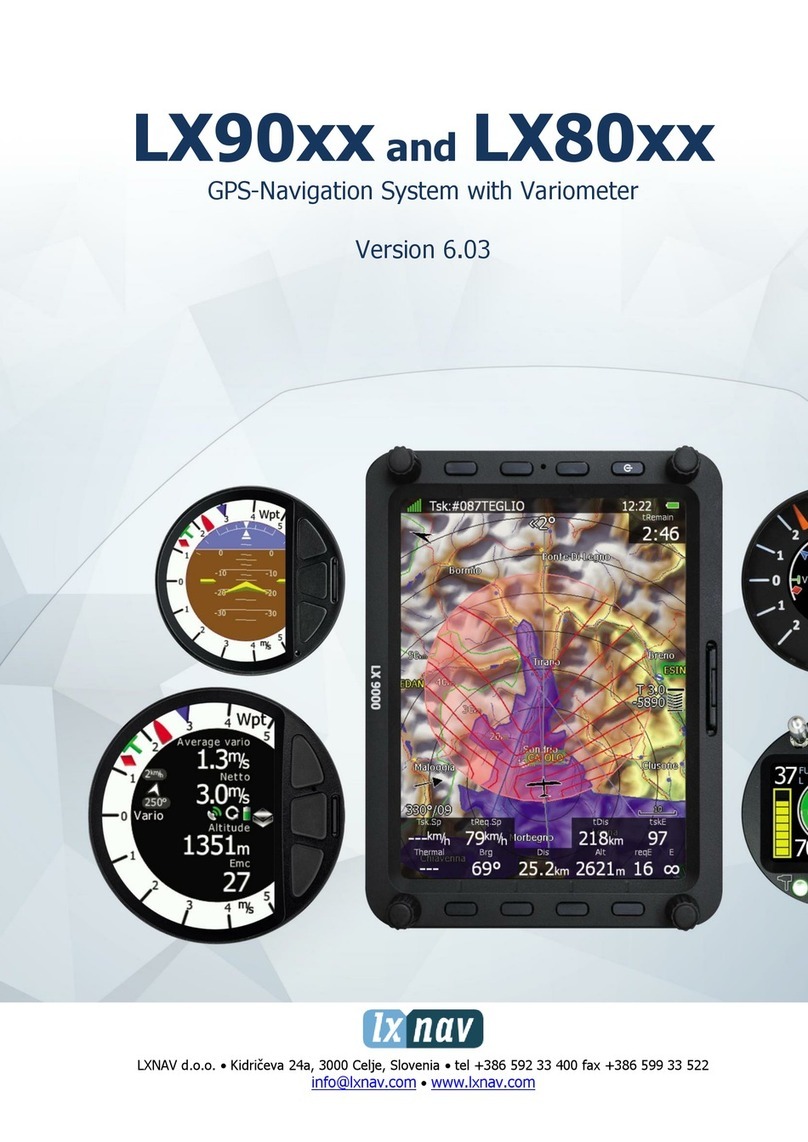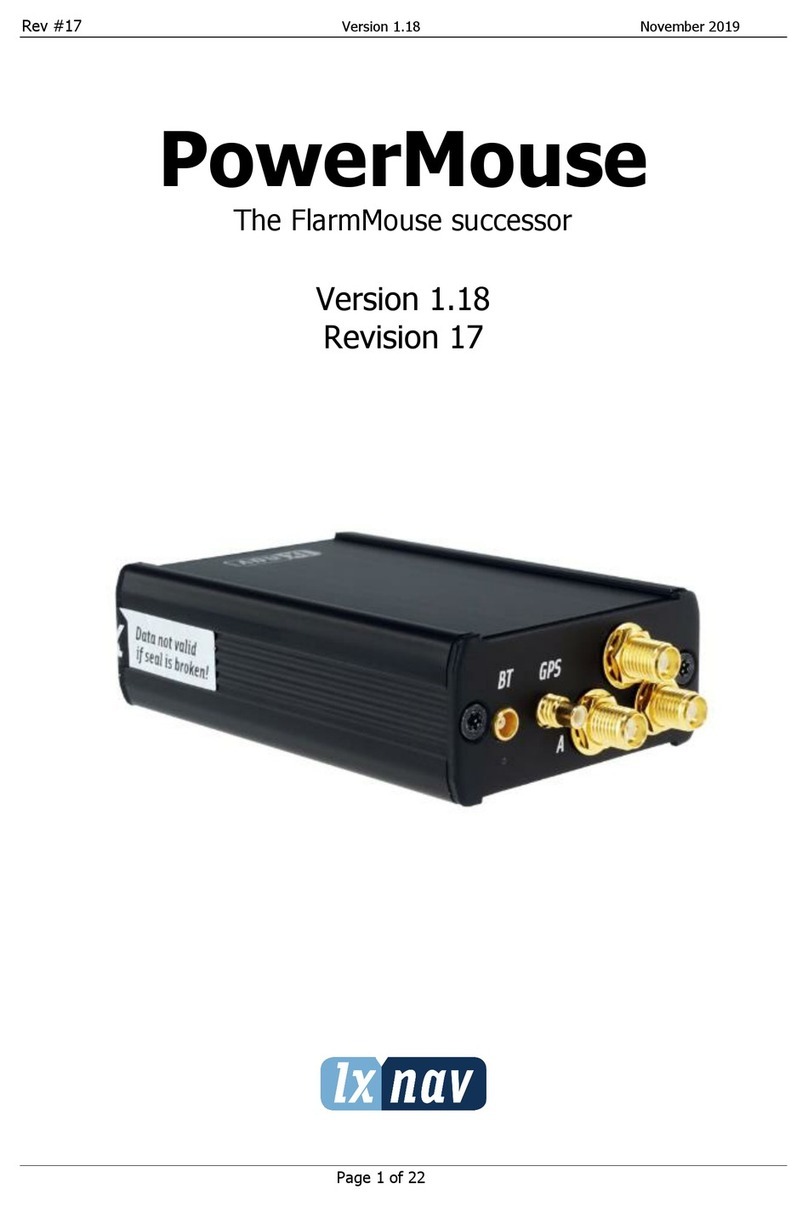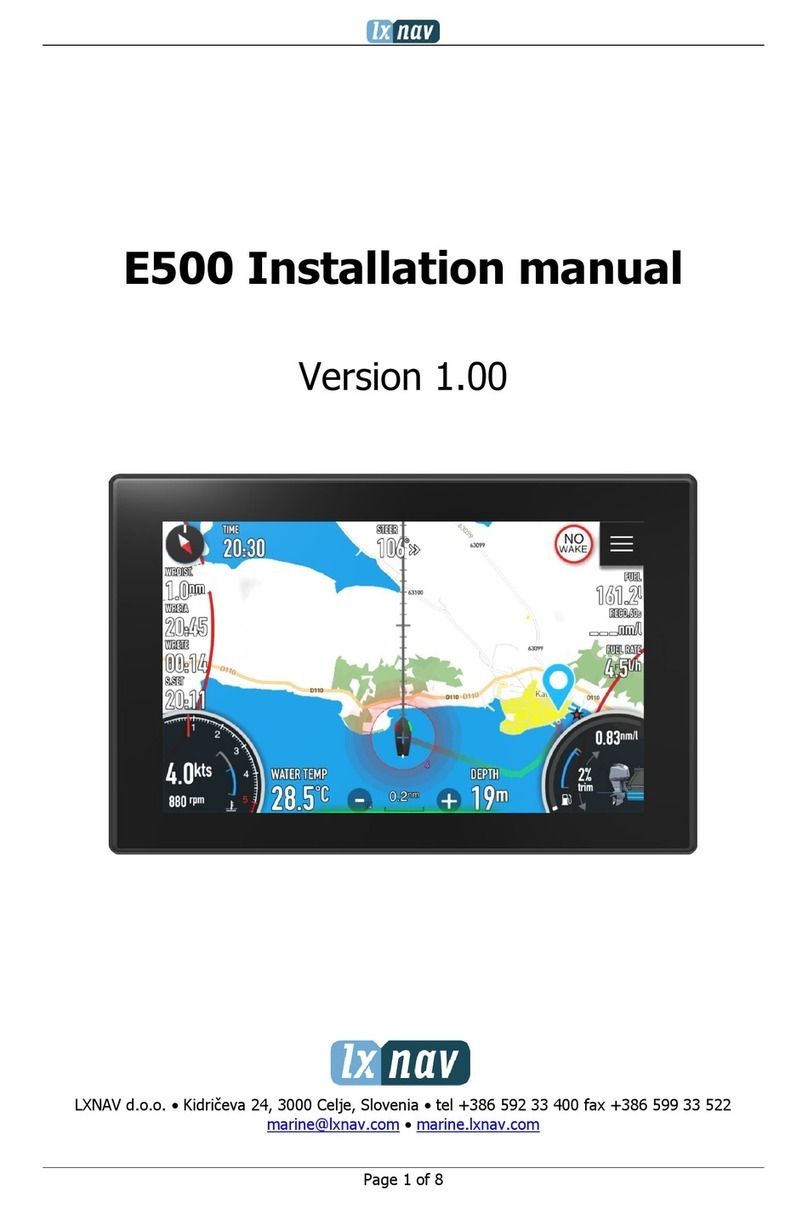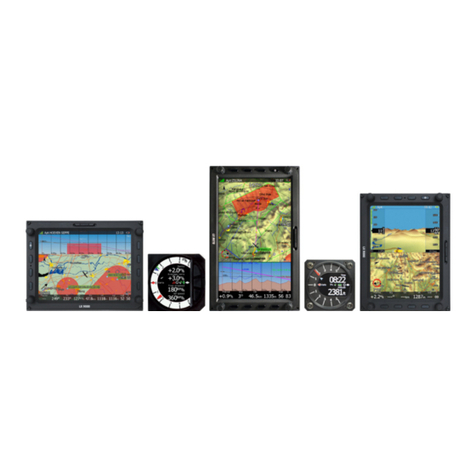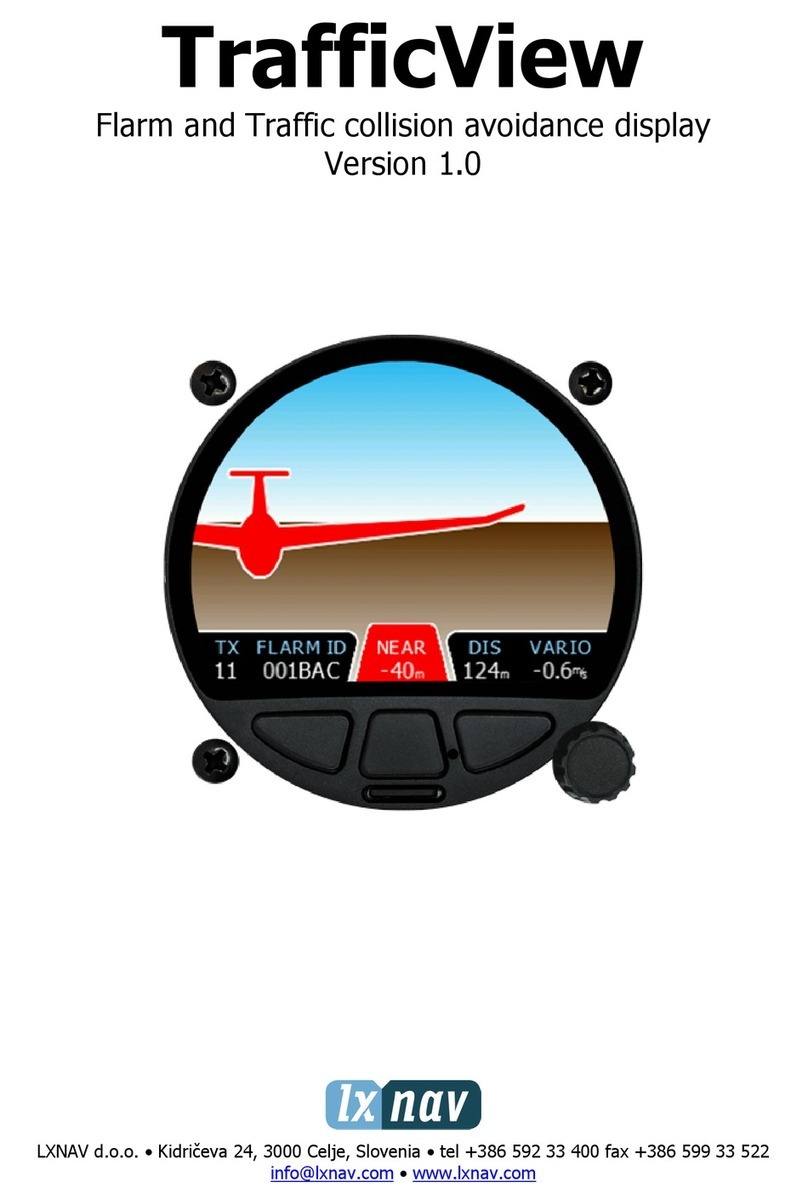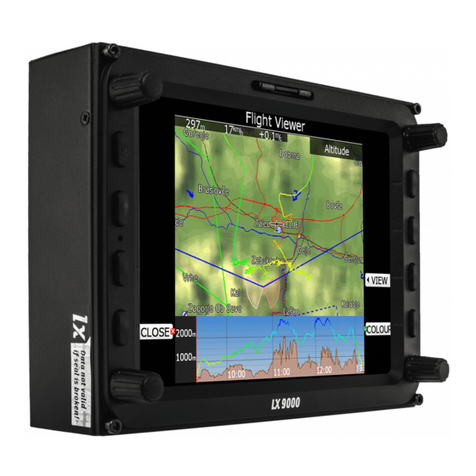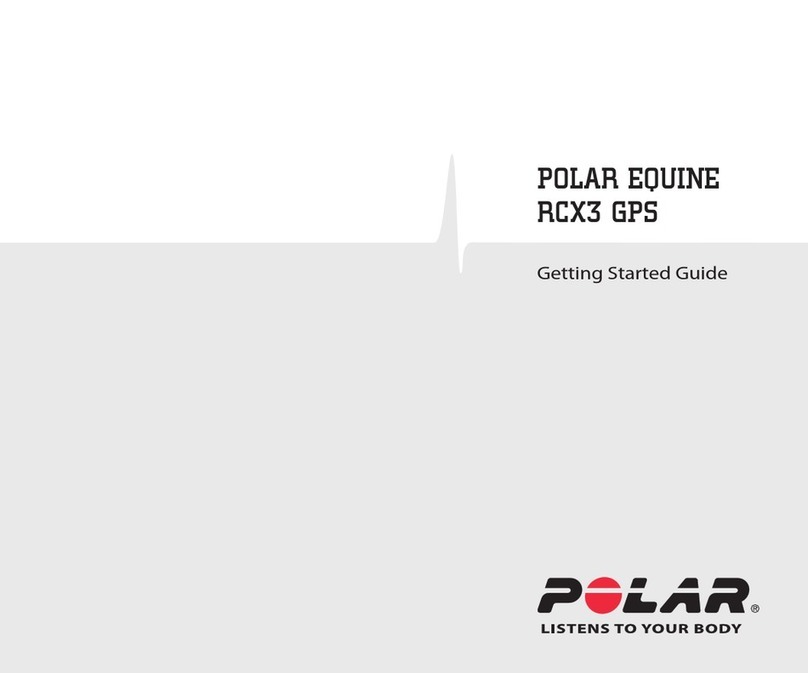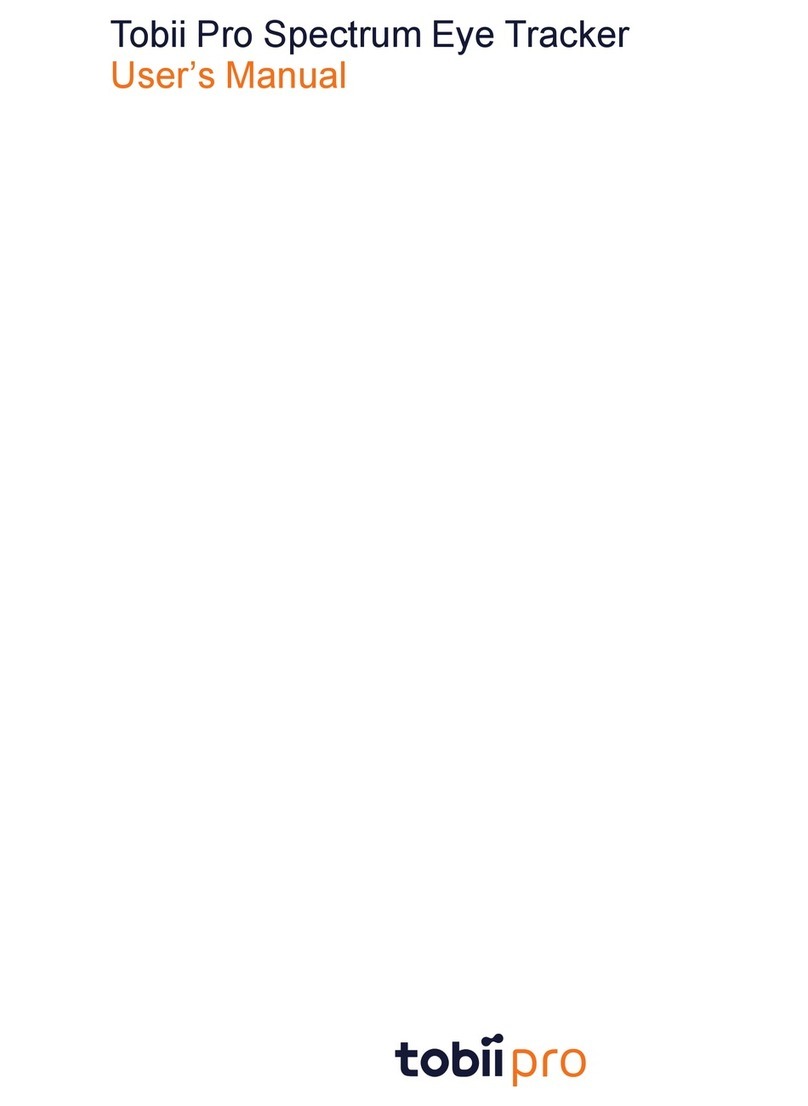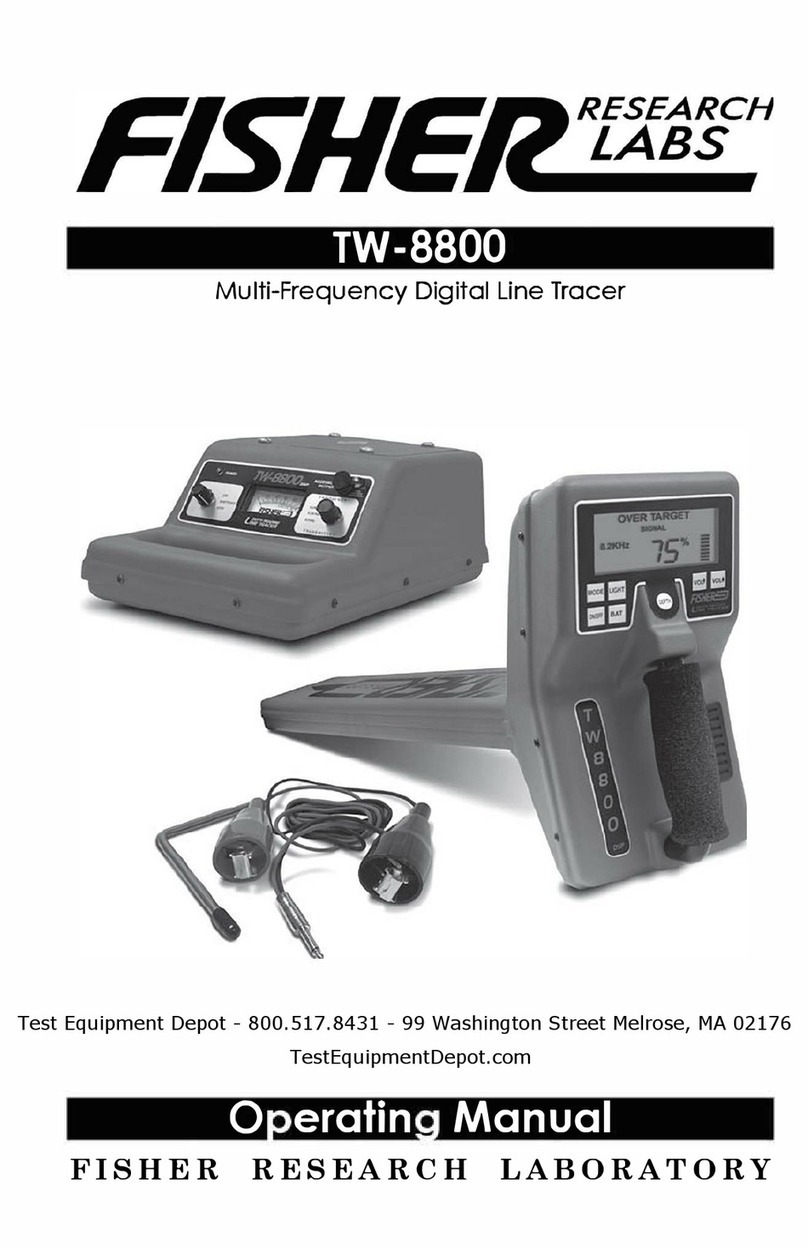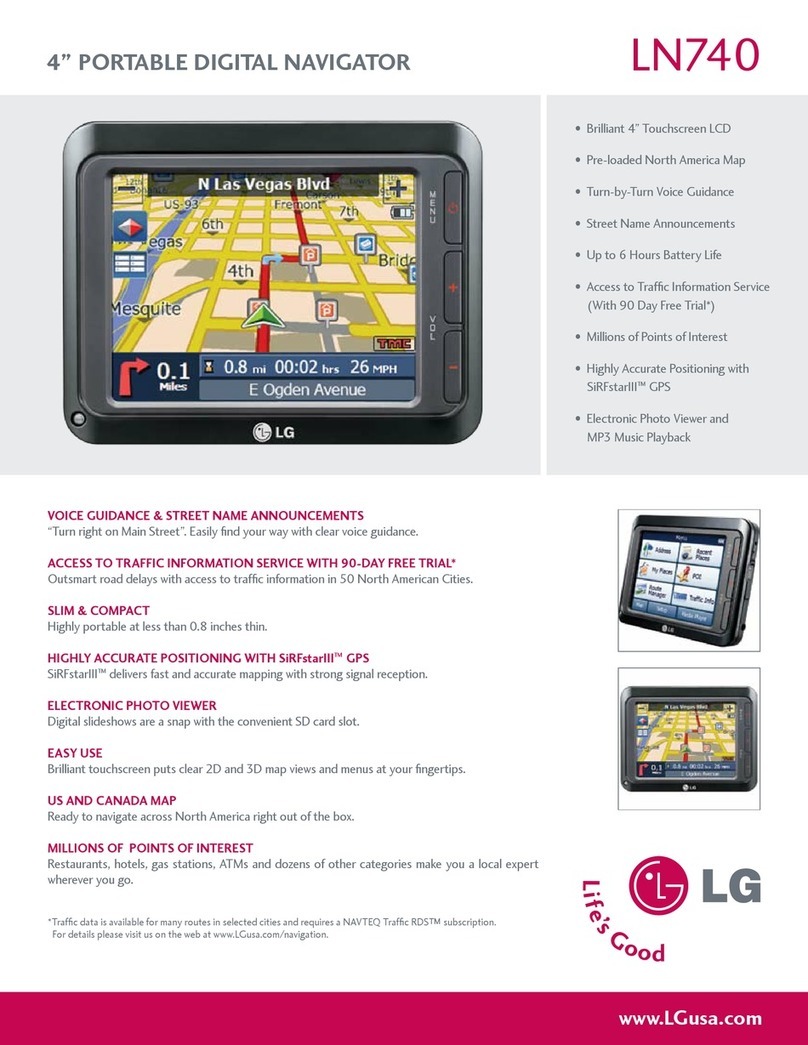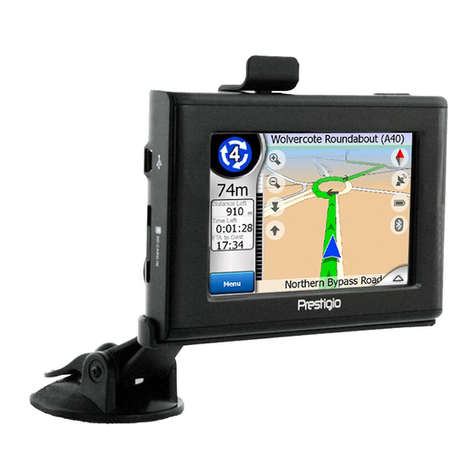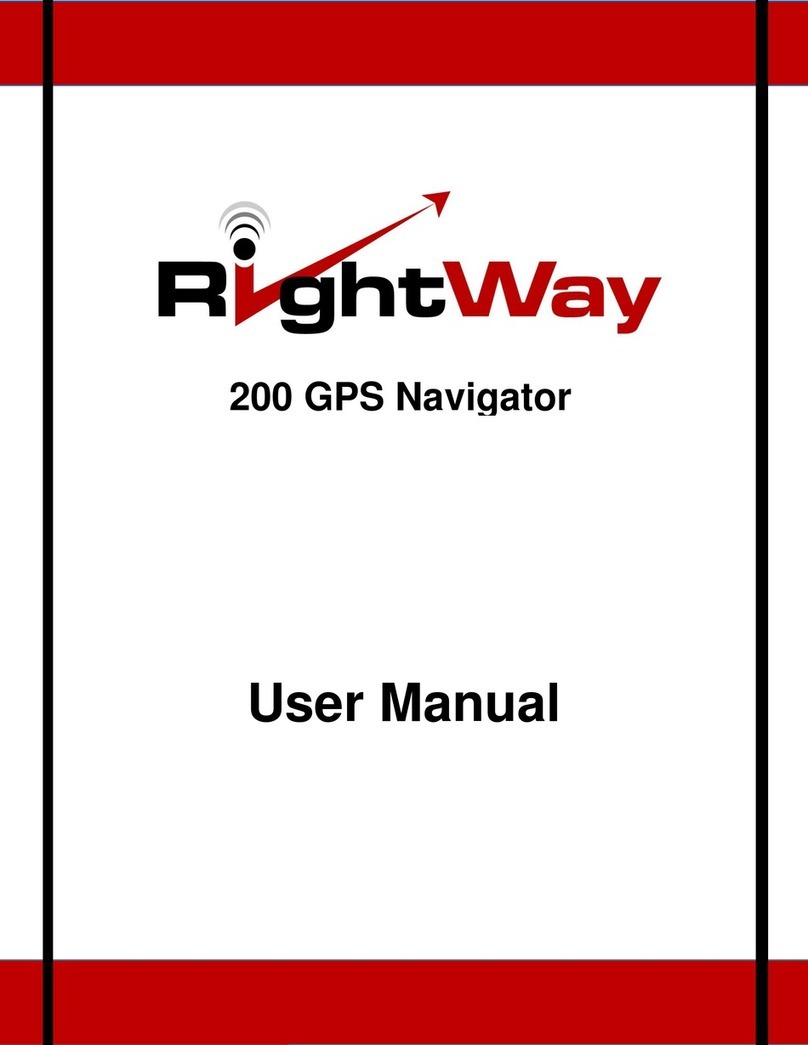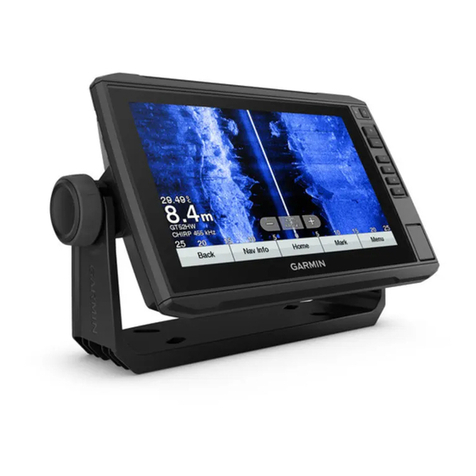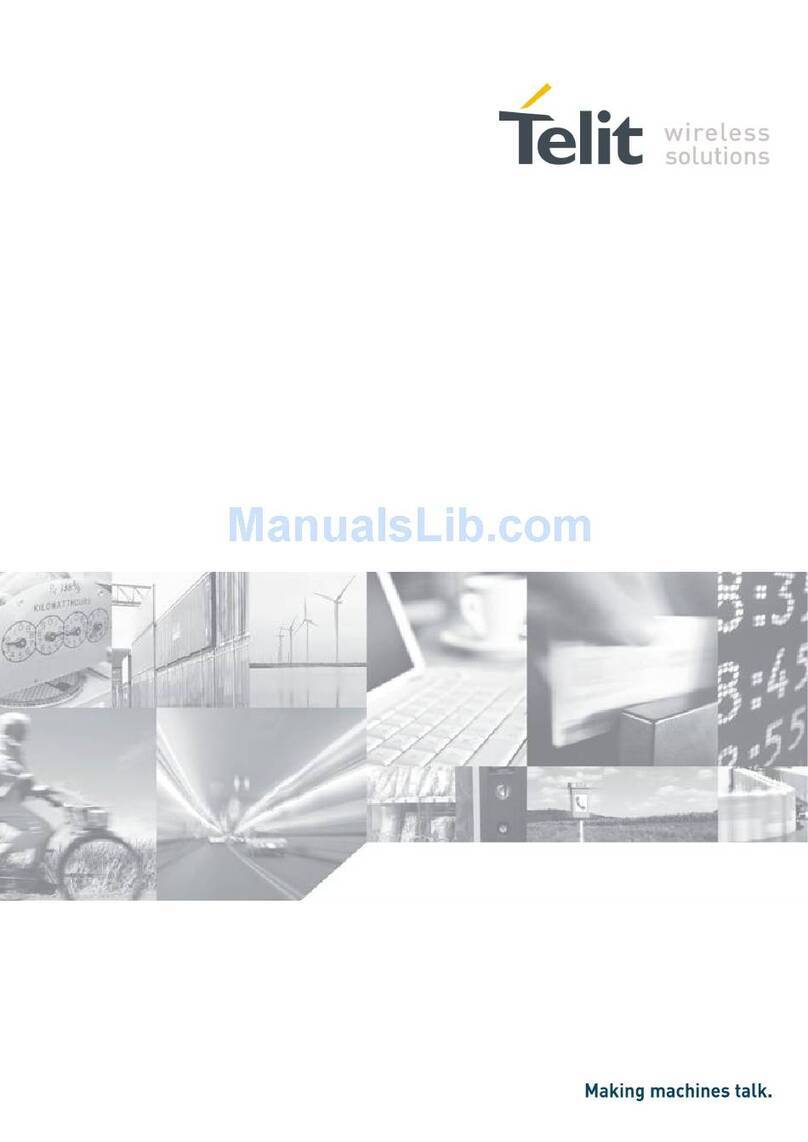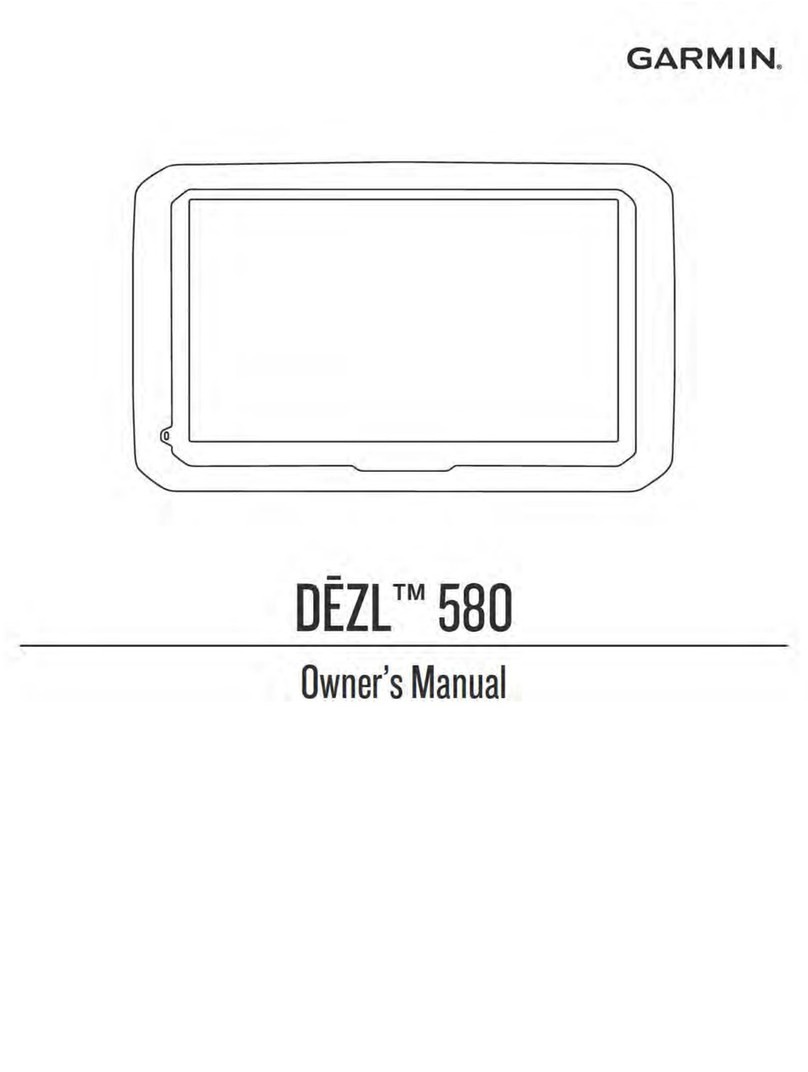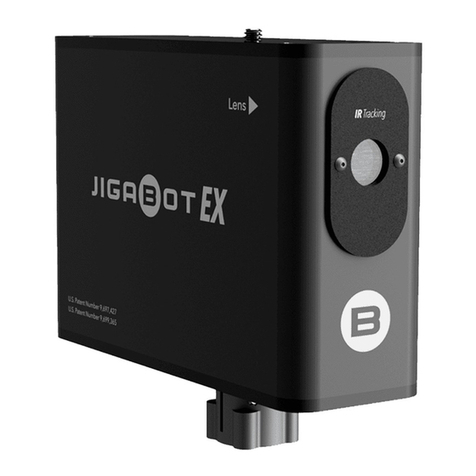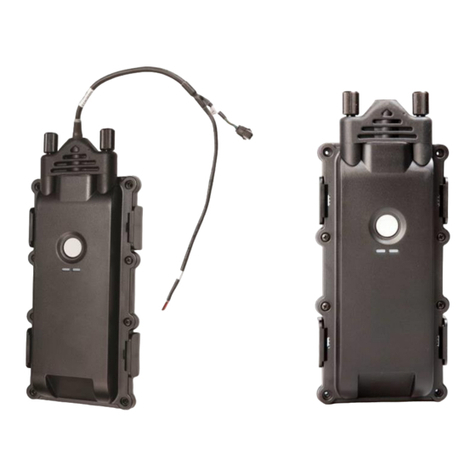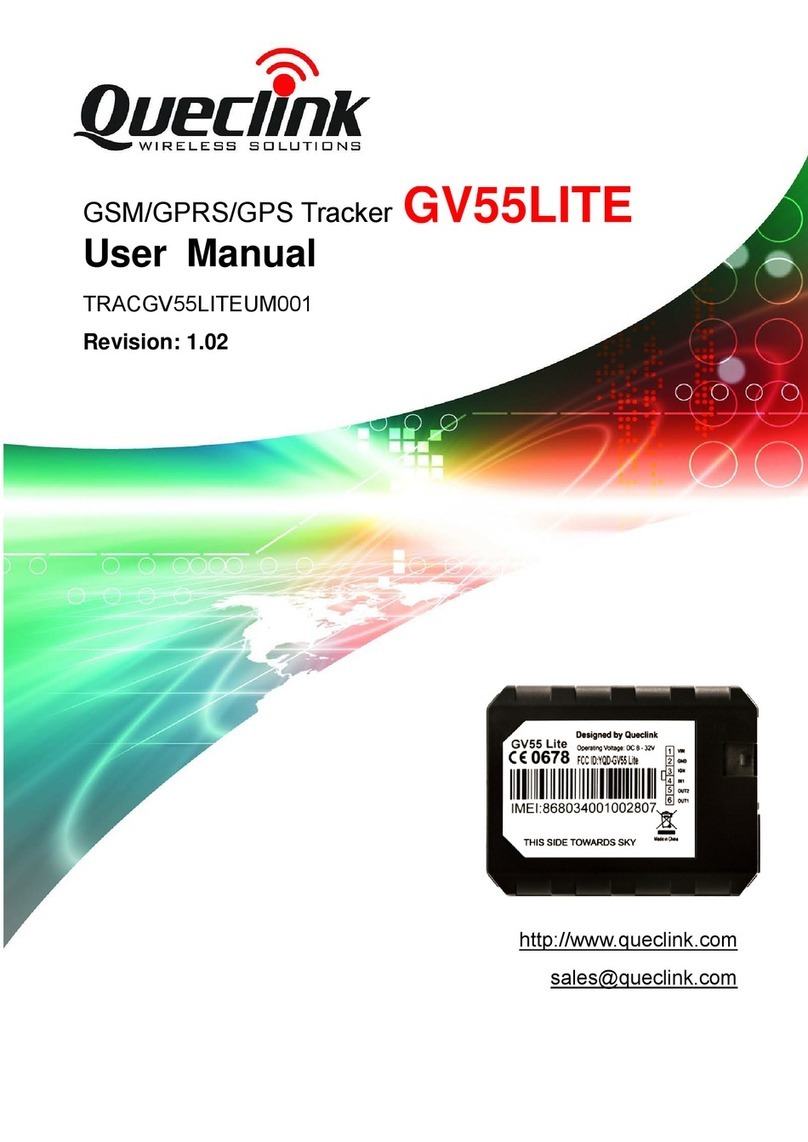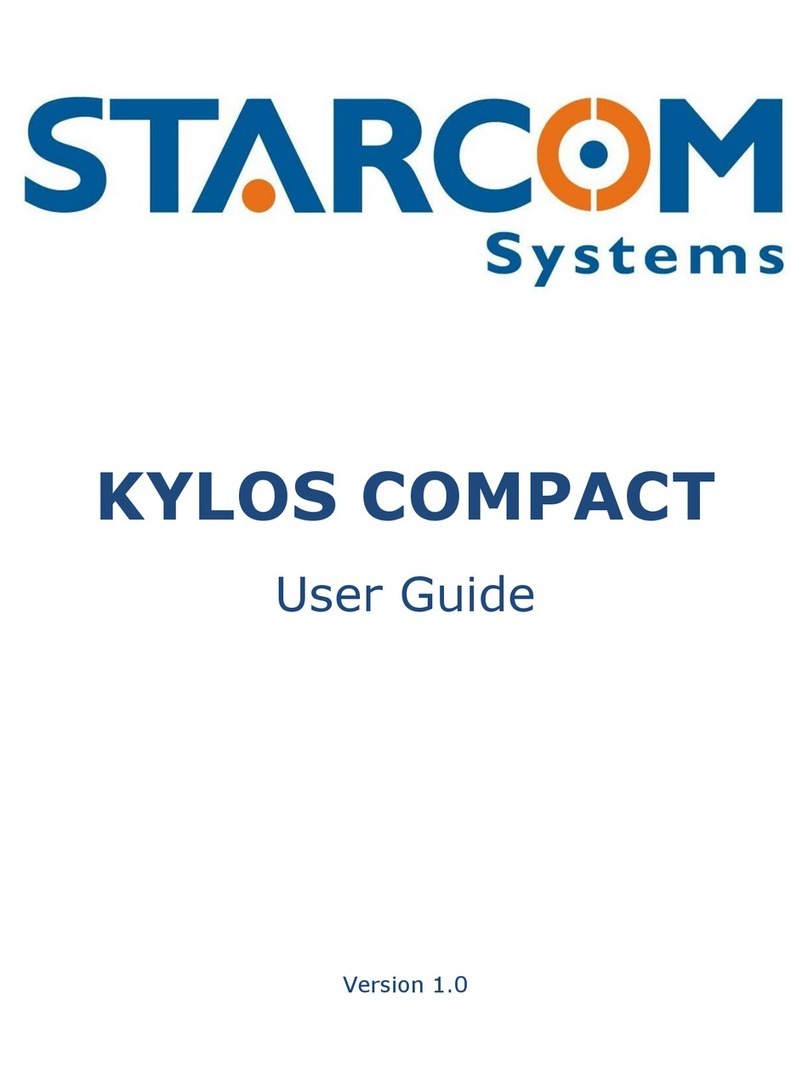LX90xx/LX80xx Version 5.0 June 2015
Page 9 of 166
2Basics
2.1 The LX9xx/LX80xx series at a glance
The system consists of two units; the main display unit and the vario unit. Within the main
display unit an integral 50-channel GPS receiver and a high brightness colour display are
fitted. An integrated SD card or USB interface is used for user friendly data exchange.
Some of the models are featuring also PDA port for easy connection on external PDA device.
The main display unit is equipped with a built-in flight recorder according to the most recent
IGC specification for all flights. Optionally the FLARM collision avoidance system can be
integrated into the main display unit.
Main display unit came in different forms:
LX8080 model with 2.8” screen and 320x240 pixels resolution,
LX8000 model with 3.5” screen and 320x240 pixels resolution,
LX9050 model with 5.0” screen and 800x480 pixels resolution,
LX9000 model with 5.6” screen and 640x480 pixels resolution
and
LX9070 model with 7.0” screen and 800x480 pixels resolution.
Standard part of system is also the V9 vario unit. It is a most modern variometer running
on very powerful processor with inertial platform using 3 axis accelerometer, 4 gyroscopes
(for inertial vario, AHRS and wind calculation), smooth audio output with audio equalizer and
integrated synthesized speech output. The unit communicates with the main display unit
over the RS485 system bus. V9 vario features 57 mm diameter (2¼") indicator with
mechanical needle and colour display for additional data.
Optional vario units are available:
V80 vario features 80 mm diameter (3”) colour screen and three additional buttons or V8
vario with 57 mm diameter (3”) colour screen and three additional buttons. Sensors in both
options are same as in V9 variometer.
Optionally additional vario indicators and a wide range of interface devices can be daisy-
chained using the RS485 bus.
2.1.1 Display Unit Features
Extremely bright colour display readable in all sunlight conditions with backlight
automatically adapted using an ambient light sensor (ALS).
Using Linux operating system (not CE Windows) ensures fast and stable operation of the
firmware.
